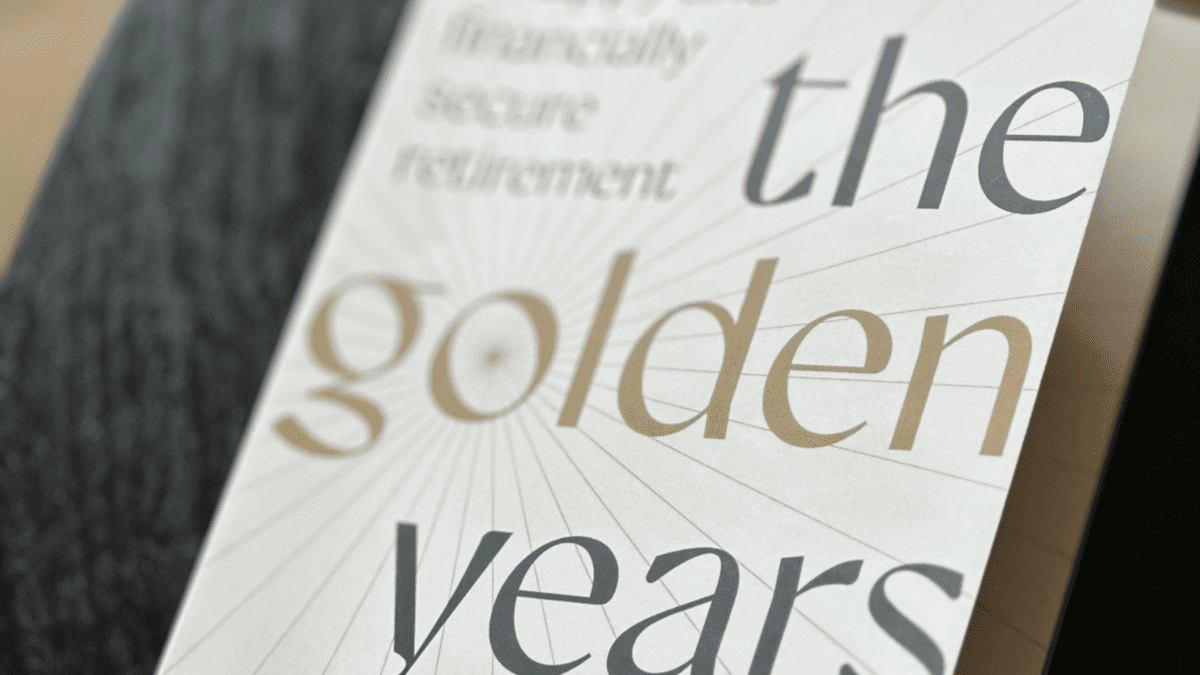Tenancy issues a concern for SMSFs
The Government is urging the owners of commercial property to work out arrangements with tenants whose businesses are struggling as a result of the COVID-19 crisis. But for trustees of self-managed super fund that own property, there are added complications; that is because their tenants are often related parties.
A common financial planning strategy is for a business owner to set up an SMSF, have the fund buy the business premises and then lease the premises to the business. Business real property is an exception to the rule limiting holdings of in-house assets.
Under such arrangements, lease payments must be set on commercial arm’s length terms. An SMSF would contravene superannuation law if the trustee charged rent below market price or granted a rent holiday.
To overcome this problem, the Australian Taxation Office has provided concessions for self-managed super funds to enable trustees with property investments to give related-party tenants a temporary rent reduction if they are affected by COVID-19.
The ATO confirmed that it will not take compliance action this financial year or next if an SMSF landlord gives a tenant who is also a related party a temporary rent reduction.
In a post on its website, the ATO considers the situation of an SMSF trustee who wants to give his tenant, a related party, a reduction in rent because of the impact of COVID-19.
The ATO says: “Some landlords are giving their tenants a reduction in rent or a waiver because of the financial impacts of COVID-19, and we understand that you may wish to do so as well. Our compliance approach for the 2019/20 and 2020/21 financial years is that we will not take action where an SMSF gives a tenant who is a related party a temporary rent reduction during this period.”
The ATO also considered the situation of an SMSF where the downturn in the share market results in the fund’s in-house assets being more than the allowable lint of 5 per cent of total assets. In such a situation the in-house assets rule would be breached.
In house assets include loans to or investments in related parties, an investment in a related trust of the fund, and assets of the fund that are leased to a related party.
The ATO says: “If, at the end of the financial year, the level of in-house assets of an SMSF exceeds 5 per cent of the fund’s total assets, the trustees must prepare a written plan to reduce the market ratio of in-house assets to 5 per cent or below.
“If an SMSF exceeds the 5 per cent in-house asset threshold as at 30 June 2020, a plan must be prepared and implemented on or before 30 June 2021. However, we will not undertake compliance activity if the rectification plan was unable to be executed because the market has not recovered or it was unnecessary to implement the plan as the market has recovered.”
The ATO also clarified the position for SMSF trustees wanting to claim deductions for fund losses.
It says: “Realised losses arising in a super fund may be available to the fund to deduct against realised gains in future years. However, these losses are not available to you to deduct in your personal tax return.”








